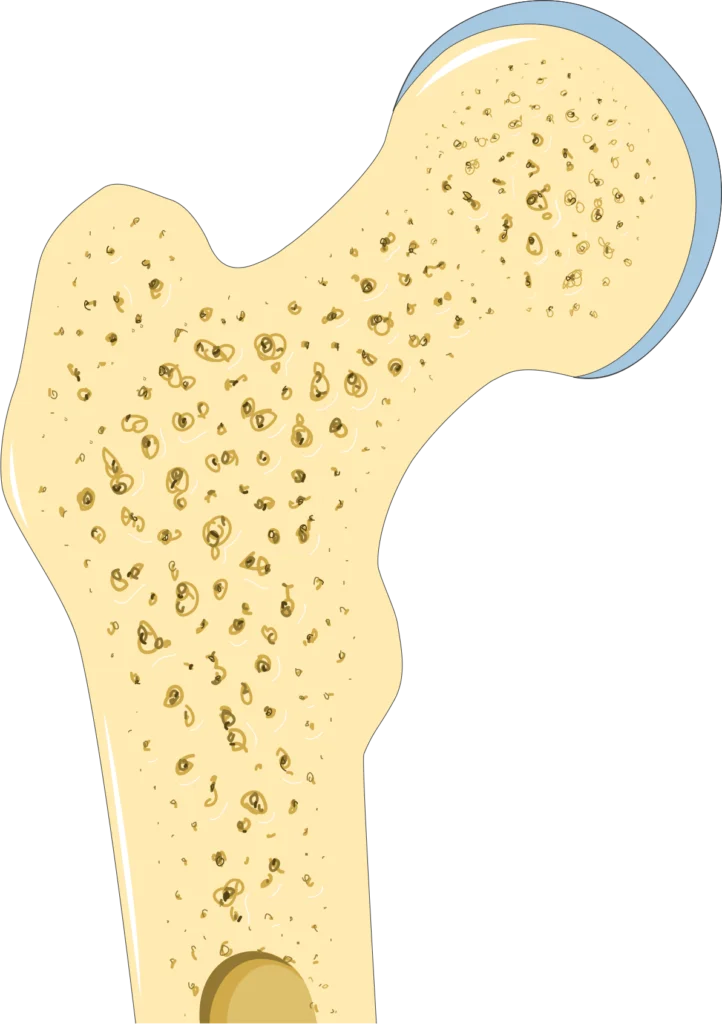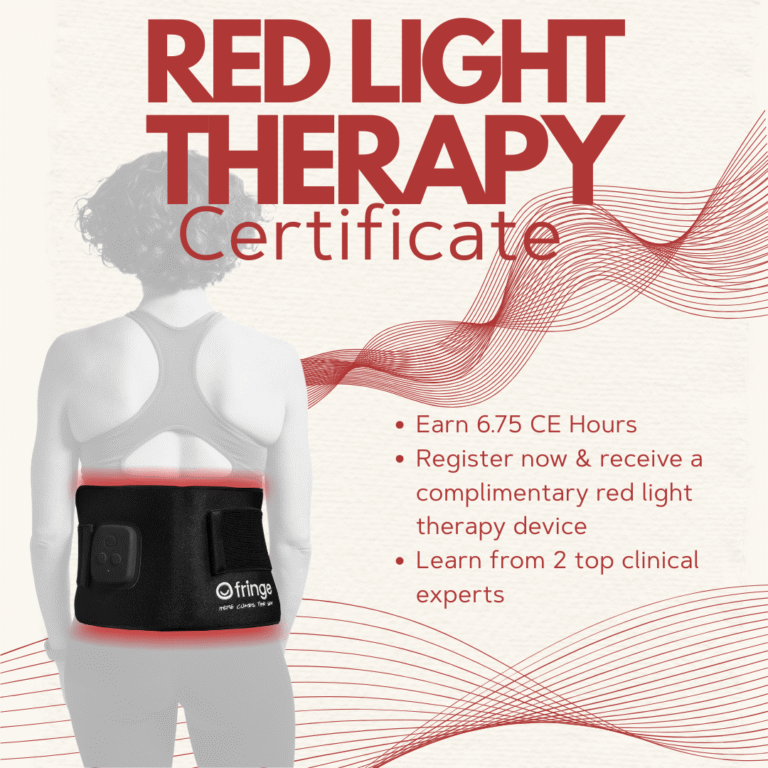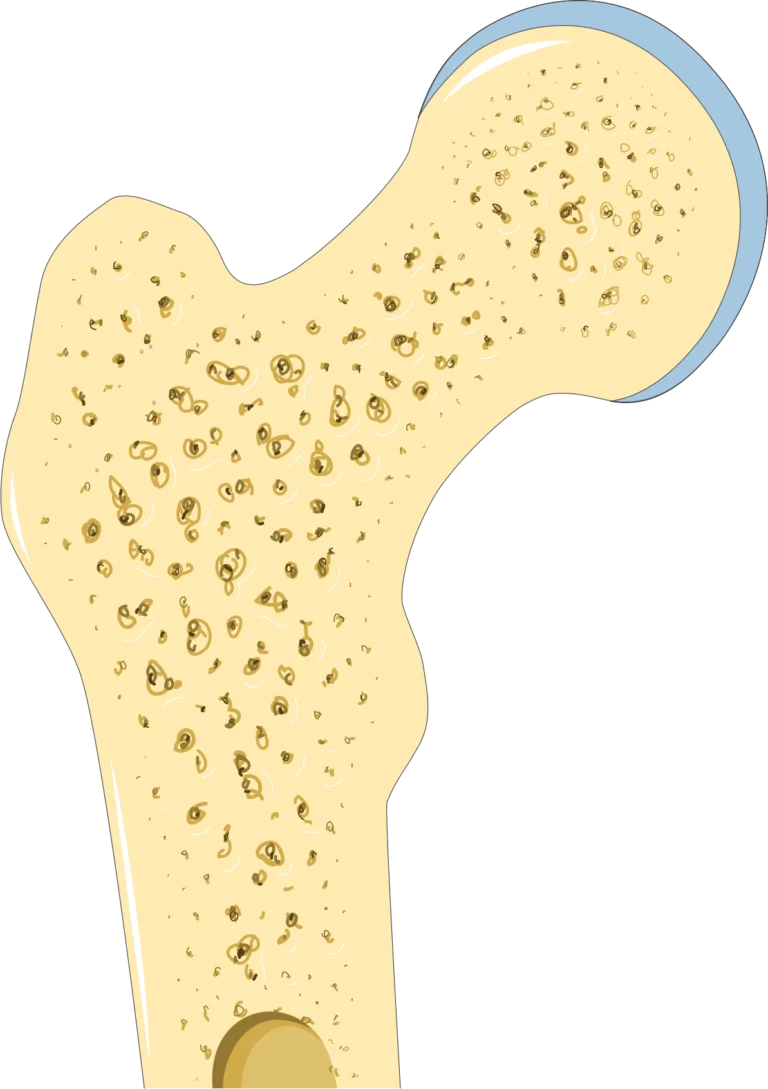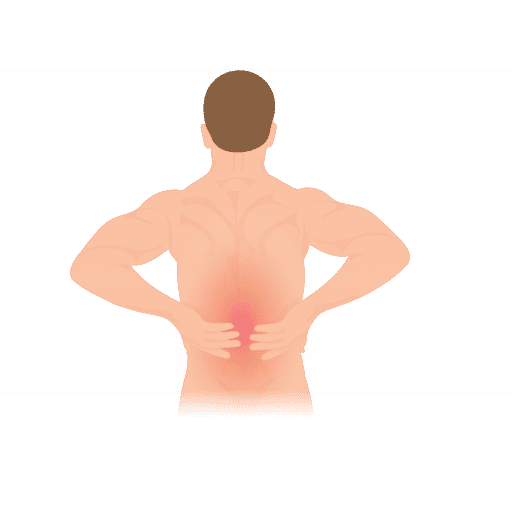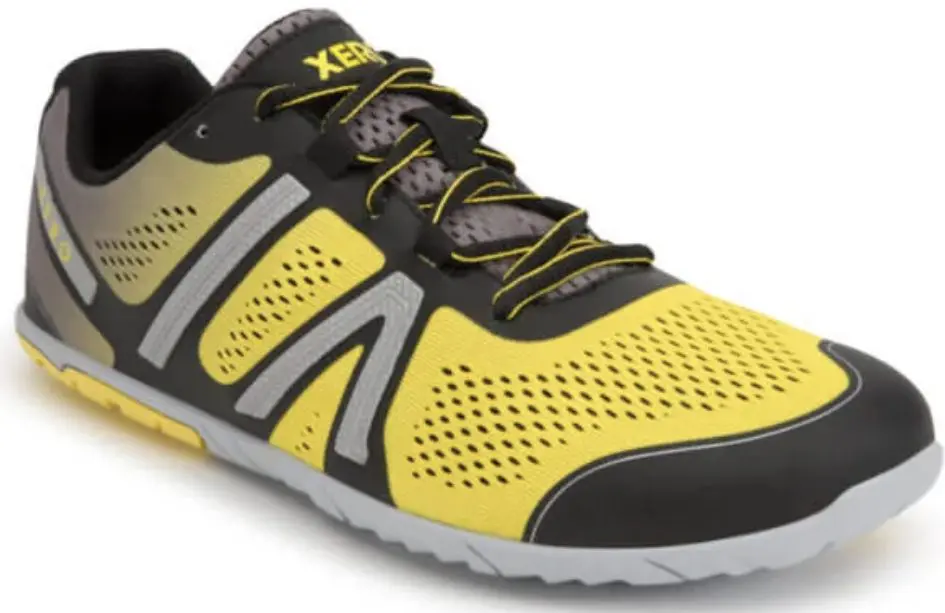Pilates and osteoporosis are often mentioned together as Pilates exercises can strengthen both bones and muscles. But some exercises are not good if you have osteoporosis.
In this article, you’ll learn about Pilates and osteoporosis and learn important information about what exercises may or may not be healthy for you.
As we age, it’s essential to focus on bone health. That means getting enough calcium and vitamin D and doing weight-bearing exercises. The latter is key to slowing down bone deterioration, building strength, and improving balance and coordination to decrease the risk of falls and fracture risk.
What is Osteoporosis?
Osteoporosis is a disorder in which bones become weak and fragile, increasing the risk of fractures. Osteoporotic fractures occur most often in the hip, wrist, and spine and can greatly impact affected individuals’ lives. This fracture risk is due to decreased mass combined with poor quality of bone tissue in individuals with osteoporosis.
Individuals with this disorder tend to have lower bone mineral density than average, so they are more at risk of suffering compression fractures in their vertebrae. Unfortunately, osteoporosis often goes undiagnosed as it is difficult to detect until a fracture occurs. Therefore, early identification and diagnosis are essential for reducing the risks associated with osteoporosis.
I have Osteoporosis. Should I exercise?
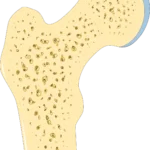
While Pilates and osteoporosis are often paired, not all exercises are suitable for everyone. If you have osteoporosis or are at risk of developing it, there are some exercises you should avoid.
For example, high-impact activities like running or jumping can put too much stress on your bones and speed up bone loss. It’s also best to avoid activities that require you to twist or bend too far forward from the waist since these movements can increase the risk of spinal fractures.
Pilates is an excellent option for people with osteoporosis because it’s a low-impact form of exercise that still provides many benefits for bone health. Plus, you’ll learn good movement habits that will help protect your bones from injury. Thus, the pairing of Pilates and osteoporosis makes good sense.
Traditional Pilates and Osteoporosis
However, it’s critical to note that traditional Pilates may not suit you if you have low bone density. Your best option is to work one-on-one with an instructor who understands your condition and can design a program specifically for your needs.
Although studies have not found a significant increase in bone density among Pilates practitioners with osteoporosis, there are other benefits to this type of exercise. Pilates may help prevent further bone deterioration, reducing the risks associated with this condition and offsetting any existing pain or discomfort. Furthermore, it is a low-impact form of exercise and can be done safely at home.
Research suggests that regular Pilates practice improves core strength, stability and balance as well as flexibility and posture. In addition to increased mobility and better quality of life, these benefits can also help protect older individuals from falls due to weak muscles or unsteadiness on their feet. As such, Pilates is an effective form of exercise for people with osteoporosis who need special attention when it comes to physical activity.
Pilates modifications for those with Osteoporosis
Managing osteoporosis through physical activity is an important component of a healthy lifestyle. Pilates is a great way to stay active and strengthen your body, but if you have been diagnosed with osteoporosis it requires some adjustments.
It’s essential for those with osteoporosis to pay attention to their posture throughout the class and use alternative moves that either keep their back straight or allow them to bend in a controlled and comfortable manner.
- When lower body movements are performed, for example, seated leg exercises involving rotation, be sure to hold onto something above you (like the side of the bed) and rotate from here.
- If you need to do squats to work your legs and pelvic floor muscles, sit in a supported manner rather than stand. When lying on your back, use pillows or blankets under your knees so that no weight is pressing on them while exercising.
- Start by using one-side Pilates moves as they are less stress-inducing than full-range movements and build up towards full-body movements starting with ones that help create stability in your trunk/core first.
- Modify forward bends by bending the knees to keep your back straight during the stretch.
- Instead of the Rollover, mobilize your spine in a Spine Curl, taking care not to curl up as high as a Shoulder Bridge exercise.
- Avoid the Roll Up, Hundreds, Scissors and similar exercises if you have a fracture or are rather new to Pilates. If you have been doing this exercise regularly and have strong abdominal muscles, you may decide to continue with these exercises. Alternatively, you can use a wedge support for your spine or skip these to be safe.
Most instructors are trained to observe and take appropriate action when necessary, so don’t hesitate to communicate any discomfort or pain you may experience while performing certain exercises or poses. Pilates can be safe and beneficial for those with osteoporosis with the proper modifications and precautionary measures.
“Sticks and stones may break my bones, but weights and springs excite me”*
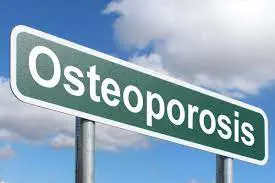
While Pilates has traditionally been used as a form of exercise to strengthen muscles and increase flexibility, some studies have looked into the potential benefits of Pilates in regard to osteoporosis. While these studies are limited, they generally agree that Pilates can’t necessarily increase bone density in those with osteoporosis, it is a safe workout regime that can prevent further deterioration.
This finding is almost just as important; by undertaking a workout like Pilates, those with osteoporosis can enjoy the other side effects such as improved posture, strengthened muscles and overall better fitness.
It’s easy to see why many people choose Pilates as part of their health regimen; it’s low-impact yet effective, and offers other benefits above simply providing protection against further bone loss.
*with apologies to Rihanna
Sources
Fernández-Rodríguez, R., Alvarez-Bueno, C., Reina-Gutiérrez, S., Torres-Costoso, A., Arenas-Arroyo, S. N. de, & Martínez-Vizcaíno, V. (2021). Effectiveness of Pilates and Yoga to improve bone density in adult women: A systematic review and meta-analysis. PLOS ONE, 16(5), e0251391. Link
Angın, E., Erden, Z., & Can, F. (2015). The effects of clinical pilates exercises on bone mineral density, physical performance and quality of life of women with postmenopausal osteoporosis. Journal of Back and Musculoskeletal Rehabilitation, 28(4), 849–858. Link
Osteoporosis: Pilates exercises. (n.d.). Retrieved December 28, 2022, from https://theros.org.uk/information-and-support/osteoporosis/living-with-osteoporosis/exercise-and-physical-activity-for-osteoporosis/caring-for-your-back/pilates-with-osteoporosis/
